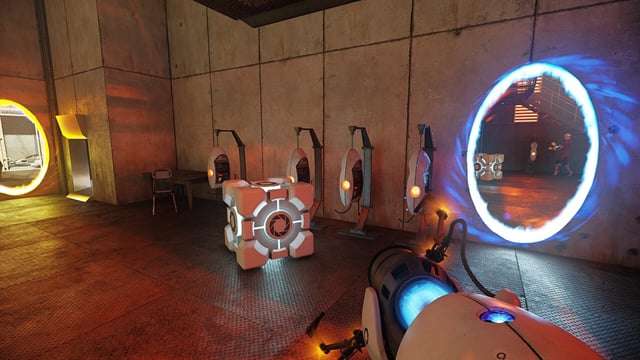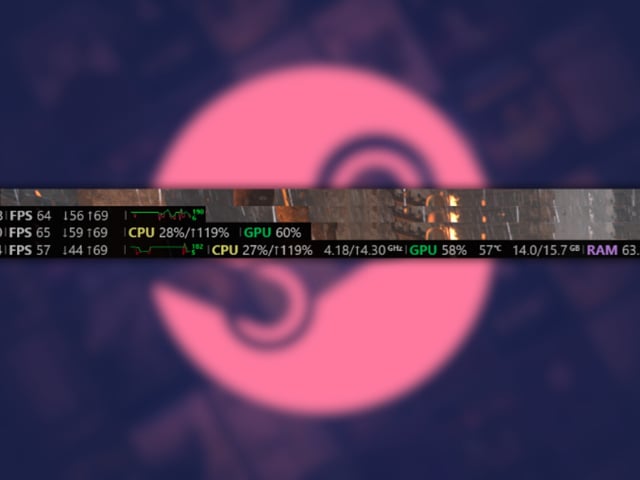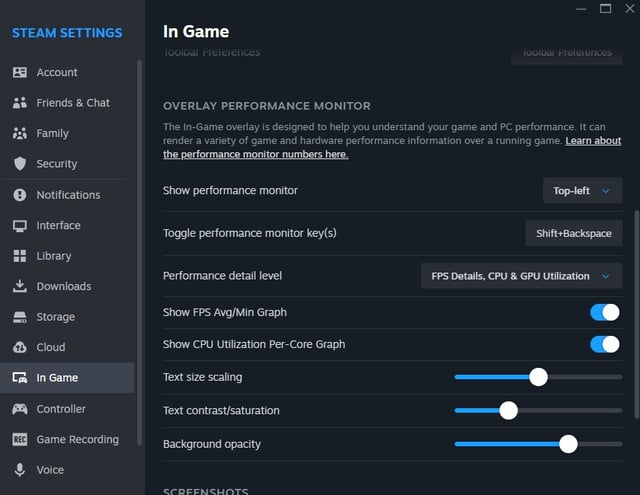Overview
- Valve released the performance monitor on June 30 as part of its Steam Client update, making it available to Windows users with common GPU models
- The overlay separates raw frame rates from frames upscaled by Nvidia’s DLSS and AMD’s FSR to clarify true game-engine performance
- Users can choose from four detail levels, ranging from a simple FPS readout to full breakdowns of frame, CPU, GPU and RAM data
- Advanced counters include processor clock speeds, GPU temperatures, busiest-core utilization relative to base clock and VRAM usage accounting for system memory
- Valve plans to expand support to more hardware platforms and add automated detection of common performance bottlenecks in upcoming updates



